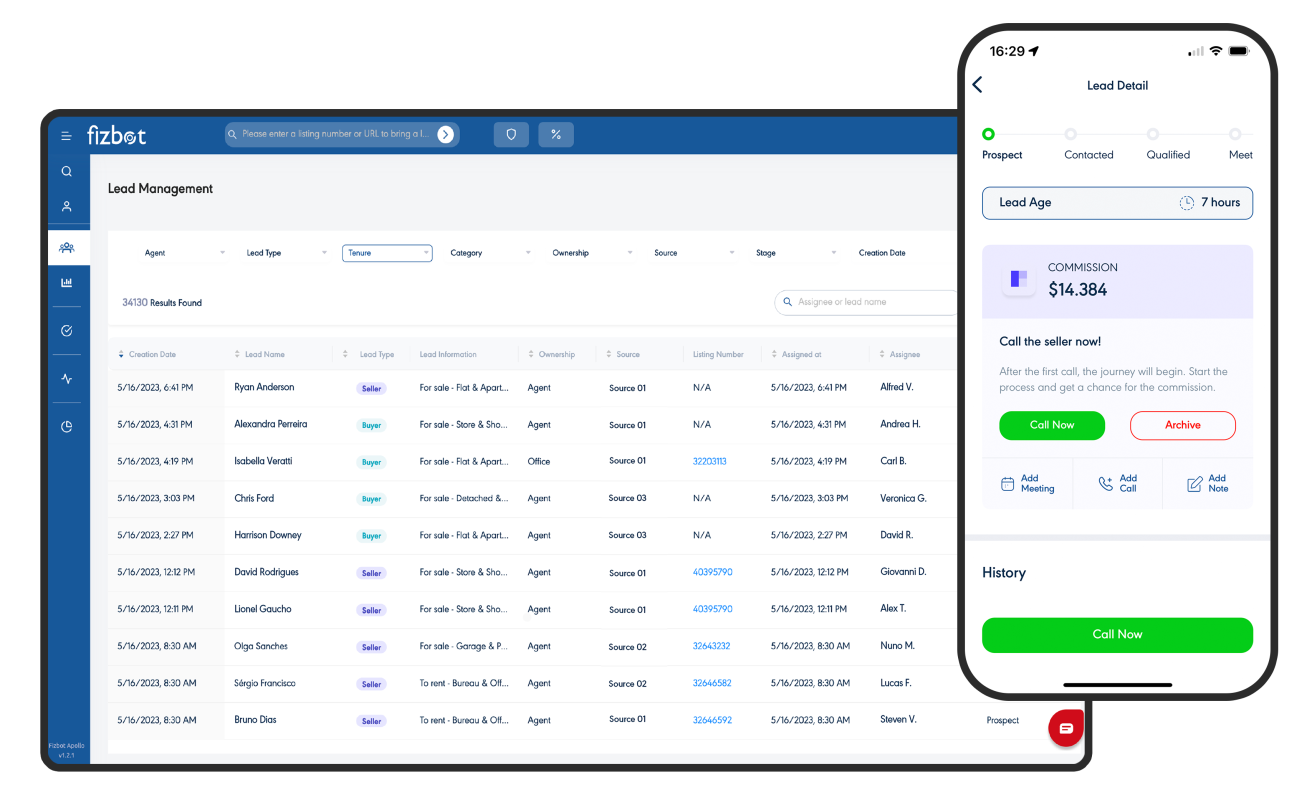The adoption of technology in real estate continues unabated, and new property buyers, in particular, complete their preferences by taking advantage of virtual tour opportunities. However, while VR application developments and artificial intelligence studies continue, innovations in the real estate market are constantly updated. In this article, we have shared in detail the types of virtual tours that facilitate the work of professional real estate consultants and agencies.
What is Virtual Tour?
Subscribe to Fizbot Newsletter
Sign up for our newsletter to read more content from Fizbot, leading the industry by using the power of data!
Let’s get to know this concept more closely before examining the features of virtual tours used by many real estate agents today. The virtual tour is basically an imitation of the real thing, allowing consumers to experience the relevant place without leaving their physical environment. The better any virtual tour represents reality, the more closely it influences potential buyers’ property decisions. Virtual tours, which offer the same look and feel without having to visit the venue in real life, help both real estate agents and consumers save time. That’s why virtual tours stand out as one of the most modern trends in the real estate market.
What are the Virtual Tour Types?
Virtual tours, which are widely used for reasons such as saving time and time and conveying the experience of the place to the customer in the best way, have many types themselves, and the transferred experience differs accordingly. Virtual tours, usually created in different formats such as application, video or simulation, are classified as:
- Image Capture
Images created by combining photos from different angles of the real estate and video shooting offer the easiest virtual tour experience to produce. For this, a series of photographs are taken all over the property, and sequential images are created covering the different sections. While the final image is presented to the customer, a certain order is followed so that the person learns the general details of the place. Switching between different images, the user is also presented with a video that he can pause at any time, created using 360-degree cameras. Thus, it is ensured that the person has an idea about the general appearance and experience without going to the place.
- 3D Application
Models, which are usually created by an expert capable of 3D modeling, are one of the most common presentation techniques in the real estate market. In this method, which has been used for a long time, space presentation is made through an application suitable for 3D modeling. The model, which is prepared using real details such as material, size and area of the property, provides a much more interesting and different experience than looking at classical images. Therefore, it wins the appreciation of customers. While developing the experience offered according to the features of the software used, mobile or desktop applications and web interfaces can be used during the presentation. Therefore, presenting 3D models is a very easy and interactive method.
- Floor plan
Although it is not exactly like a tour, one of the techniques used for the customer to perceive the location of the lighting in the space, the location of the rooms and the width of the space is the floor plan, in the floor plan, which is usually presented as a part of 3D modelling, it is aimed for the person to perceive the layout by looking at the space from above.
- VR Experience
One of the newest real estate presentation techniques of the last period, VR, that is, virtual reality, stands out because it is much more realistic than other techniques. It offers an experience of getting the feeling of being in the place from the person’s own eyes by using special glasses and equipment. The user, who feels like he is really there with the VR technique, can also move around the space depending on his physical actions, such as walking and turning his head. Even in more advanced virtual reality environments such as the metaverse, it is possible for the user to interact with his environment and move objects in the space with the equipment he wears.
In the future, it is aimed to make the home-buying experience much more realistic and accessible with virtual and augmented reality techniques. Virtual tours, which also facilitate the online property search experience, increase the percentage of success, especially when used with data analysis-based real estate programs. For this reason, many real estate professionals from around the world are leading the change in the real estate sector by using digital consultancy tools.
Fizbot, which stands out with its numerous tools, from regional analysis to customer-advertising matching, is also widely used to increase business efficiency and facilitate customer management. If you want to be a digital real estate agent who specializes in the region and closely follows the trends in the real estate sector, you can get detailed information about Fizbot software here.

 Português
Português Română
Română Türkçe
Türkçe
